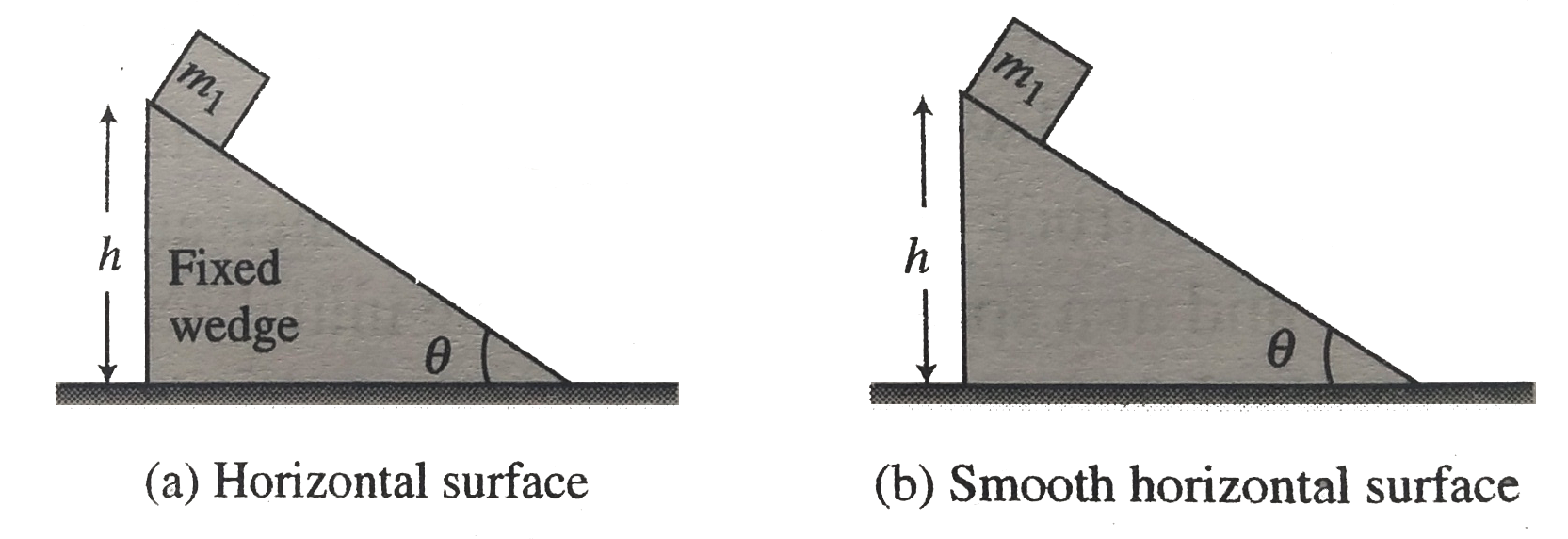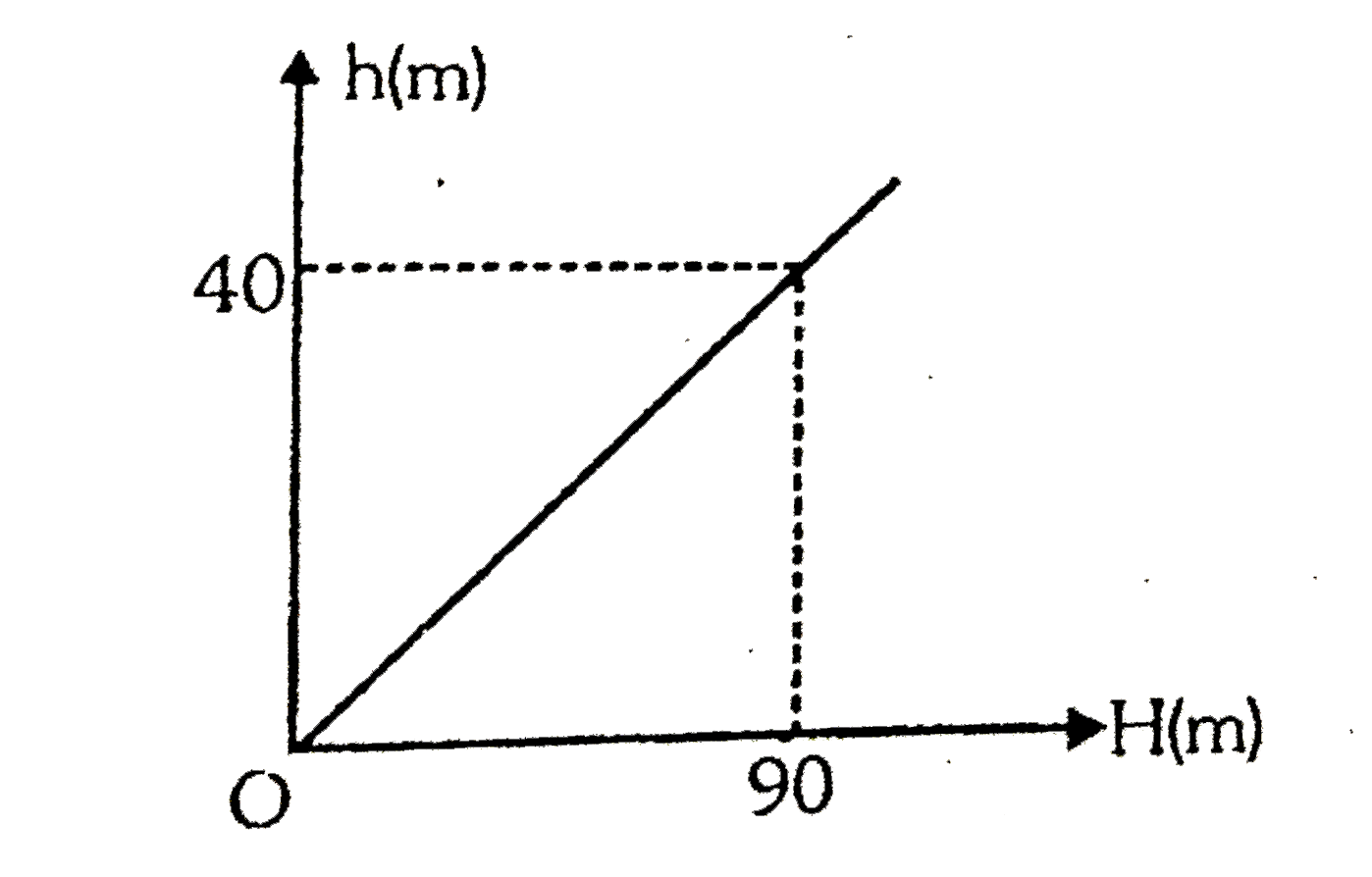A glass marble dropped from a certain height above the horizontal surface reaches the surface in time t and then continues to bounce up and down. The time in which the marble finally comes to rest is
ent
e2t
t[1+e1−e]
t[1−e1+e]
Step by step video & image solution for A glass marble dropped from a certain height above the horizontal surface reaches the surface in time t and then continues to bounce up and down. The time in which the marble finally comes to rest is by Physics experts to help you in doubts & scoring excellent marks in Class 11 exams.
Updated on:21/07/2023Topper's Solved these Questions
Similar Questions
A ball is dropped from a certain height on a horizontal surface.It bounces up and down,finally comes to rest.If the time taken for first fall is 10s, then find the time taken to come to rest.(e=0.2)
View SolutionA feather and stone dropped from a same height in vacuum reach the earth at the .............. time.
View Solution
Knowledge Check
A block of mass m1 lies on the top of fixed wedge as shown in fig. and another block of mass m2 lies on top of wedge which is free to move as shown in fig. At time t=0 both the blocks are released from rest from a vertical height h above the respective horizontal surface on which the wedge is placed as shown. There is no friction between block and wedge in both the figures. Let T1 and T2 be the time taken by the blocks respectively to just reach the horizontal surface. then
 AT1>T2BT1<T2CT1=T2DData insufficient
AT1>T2BT1<T2CT1=T2DData insufficientA ball of mass 2kg dropped from a height H above a horizontal surface rebounds to a height h after one bounce. The graph that relates H to h is shown in figure. If the ball was dropped from an initial height of 81 m and made ten bounces, the kinetic energy of the ball immediately after the second impact with the surface was
 A320JB480JC640JDCan't be determined
A320JB480JC640JDCan't be determinedA ball is dropped from height 'H' onto a horizontal surface. If the coefficient of restitution is 'e' then the total time after which it comes to rest is
A√2Hg(1−e1+e)B√2Hg(1+e1−e)C√2Hg(1+e21−e2)D√2Hg(1−e21+e2)
.A ball is projected upwards from a height h above the surface of the earth with velocity v .The time at which the ball strikes the ground is
View SolutionParticle falls from a height h in time t upon a fixed horizontal plane and reaches the maximum height h' in time t'. Then t' = et and h'=e2h
View SolutionA ball is projected upwards from a height h above the surface of the earth with velocity v. The time at which the ball strikes the ground is
View SolutionA body dropped freely from a height h onto a horizontal plane, bounces up and down and a horizontal plane, bounces up and down and finally comes to rest. The coefficient of restitution is e. The ratio of velocities at the beginning and after two rebounds is
View SolutionA stone is dropped from a height equal to 3R, above the surface of earth. The velocity of stone on reaching the earth's surface is
View Solution